An examination of Vincent’s work focuses attention on several areas of interest, including the representation of one culture by another, intercultural relations, the re-actualization of Native culture, and the use of images to achieve strategic and symbolic ends. His oeuvre also raises questions about the categorization, conservation, and preservation for posterity of works of Native artists.
The Originality of the Work
The significance of Zacharie Vincent’s work rests primarily on the fact that he was among the first Native Canadian artists to express himself through the medium of easel painting, which he adapted to his own purposes in an original way.
His work bears witness to the Huron-Wendat community of the nineteenth century: its geopolitical condition, its gradual acculturation, the reciprocal agreements it established with the colonial power, and the strategies it adopted to ensure its survival. Finally, his work leads to debate on colonial and post-colonial relations, on the tensions inherent in globalization that are still affecting Native communities, and on strategies for the reappropriation of identity.
The Representation of the Native Subject
Vincent’s oeuvre invites reflection on the representation of the Native subject, on Indianness, and on the changes in intercultural dialogue in both colonial and post-colonial contexts. A study of works by Native artists, viewed from their creators’ perspective and taking into consideration their concepts and beliefs, allows a reversal of the angle of analysis and a better understanding of these complex relationships.
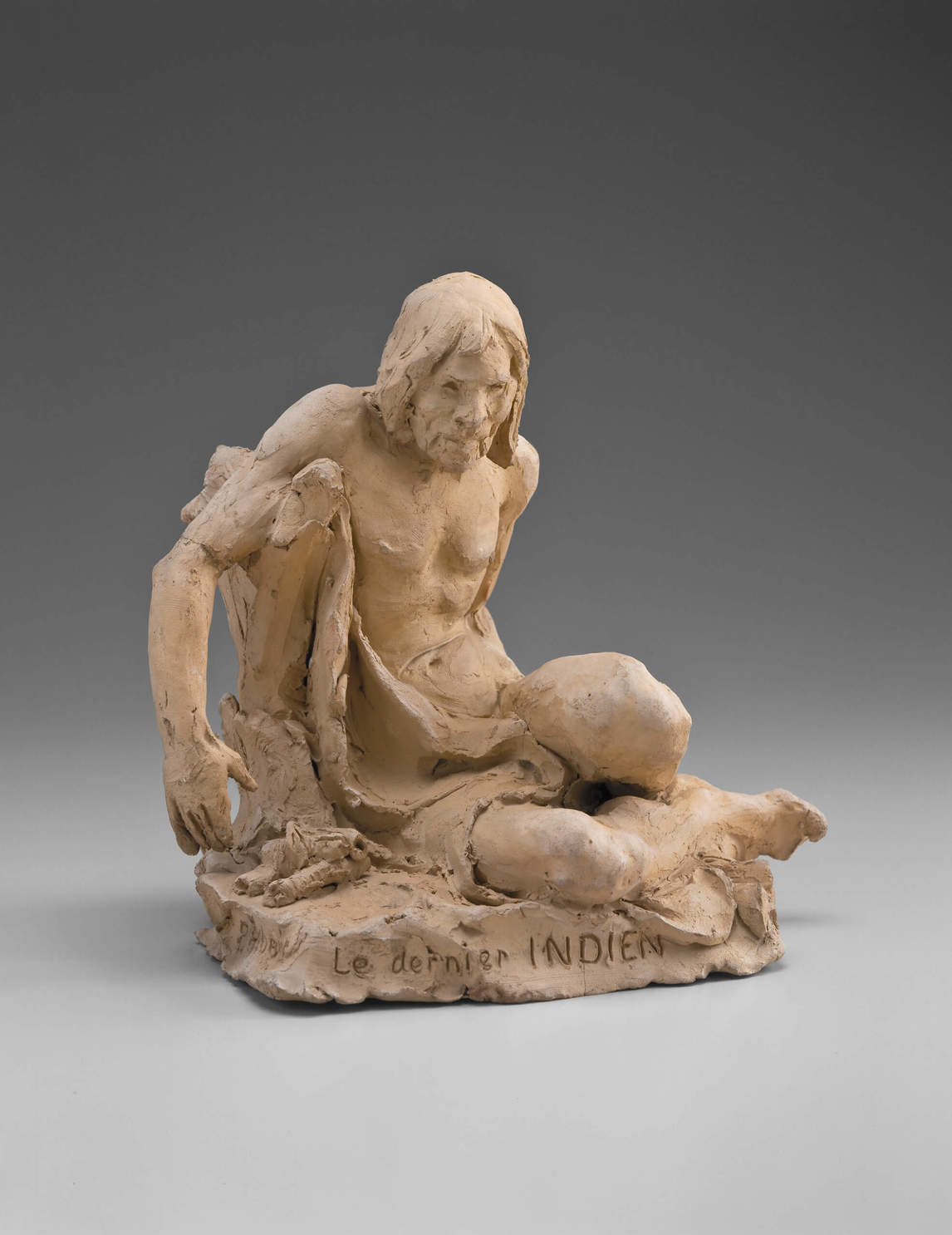
Since the late 1970s, Native artworks have been the object of study in the fields of history (Robert Berkhofer, Denys Delâge, Donald Smith, Gilles Thérien), anthropology (Olive Patricia Dickason), art history (Anne-Marie Blouin, Daniel Francis, François-Marc Gagnon, Louise Vigneault), sociology (Guy Sioui Durand), and literary studies (Hélène Destrempes, Réal Ouellet). This research has developed tools to deepen our understanding of the contributions of Native peoples to the creation of the imaginary in the Americas, and the contributions they continue to make to a precise redefinition of national identities as identities of resistance.
The Role of the Self-Portrait
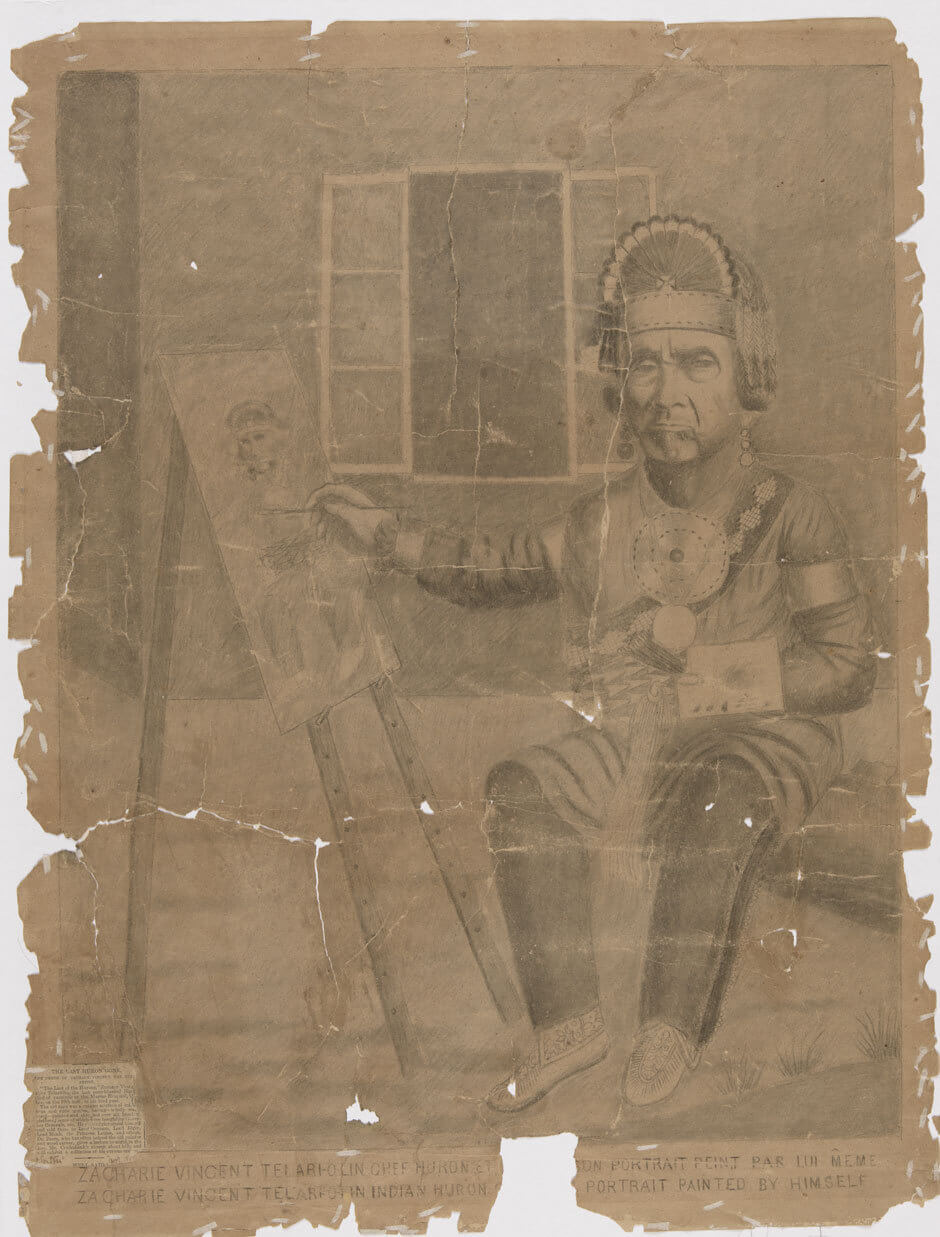
Taken as a whole, Vincent’s self-portraits in their own time manifested a project of reflection on the artist’s condition and that of his community, on the tensions the community suffered, and on the process of its transformation. The self-portraits allowed him to chart the contours of his culture and his life and to establish a dialogue, a face-to-face communication with the spectator, who is included in the artist’s insistent gaze—which is itself a reflection of his own status and his creative engagement.
He is at once the observed and the observer, the artist speaking directly to the public about his desire to be seen and recognized. The self-portrait legitimates his social standing and differentiates him from the anonymous traditional artisan, allowing him to be recognized as an artist whose work is defined not only by technical skill but also by intellectual struggle. Despite the respected place of the artisan in Huron culture, Vincent surely sought to exchange his anonymous status—as a maker of snowshoes and jewellery—for that of a professional artist, and to mark his production as distinct from the Native arts that, although anchored in tradition, remained narrow, specialized, and at the mercy of market forces.
Classification and Conservation of Native Artworks
In the 1980s the first research into Vincent and his oeuvre was initiated by the art historians Marie-Dominic Labelle, Sylvie Thivierge, and Anne-Marie Blouin, with the object of investigating his status as “the last of the Hurons” and developing an iconographic analysis of the works in their relation to the assimilation of the Native community.
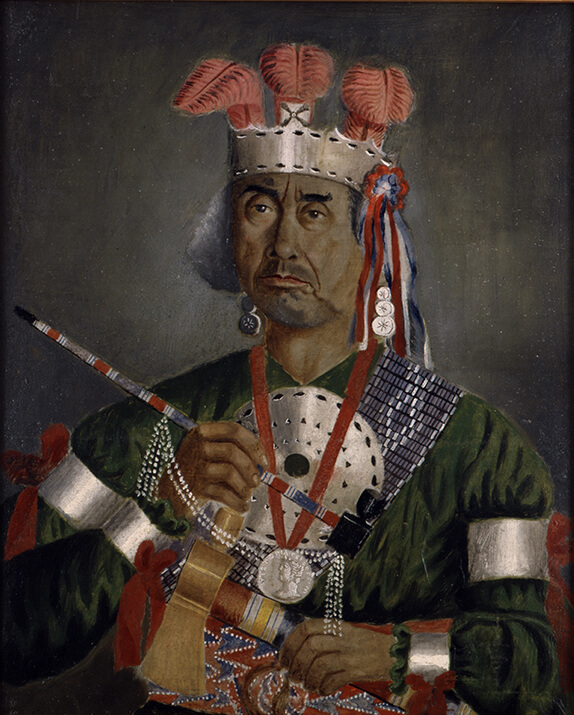
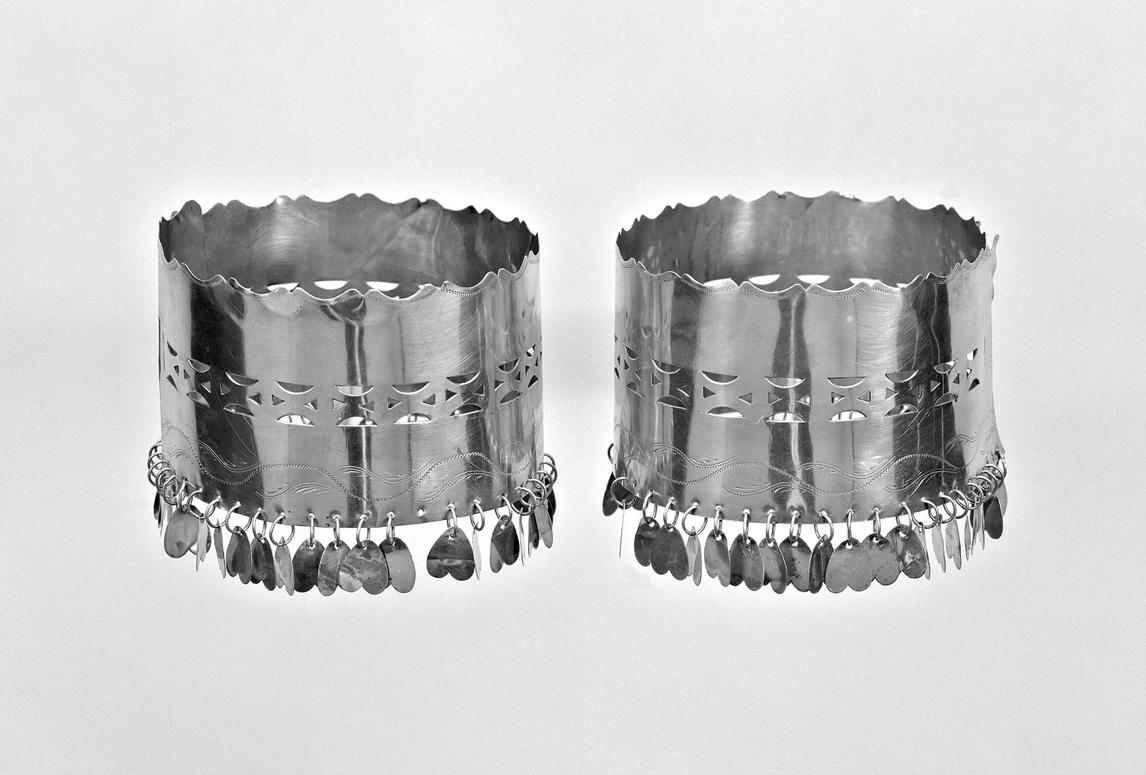
Labelle and Thivierge conclude that “the oeuvre of Zacharie Vincent dit Télariolin cannot be approached through the evaluative criteria generally used by art history, because the value and interest of his work are in their ethnological and sociological content rather than their contribution to the pictorial arts.” This ethnographic categorization has in the past resulted in the isolation of works by Native artists, which has had the effect of partially obscuring their importance as works of art. The tendency to separate the disciplines of ethnology and art history has since been challenged by many museum authorities and specialists in art criticism.
Native Creativity
In contrast to the vision of modern non-Native artists, who tend to restrict the practice of their art to the sphere of aesthetic contemplation, Native artists conceive of art as a pursuit that integrates practical, aesthetic, symbolic, and ritual concerns in a single activity. In this view art shows itself to be both the vehicle and the road taken. Vincent’s mode of distributing his art through a wide and diverse network of outlets was characteristic of a long-established Native cultural tradition: just as the exchange of treaty objects took on symbolic meaning in diplomatic relations in the seventeenth and eighteenth centuries, his paintings and other productions were part of a market in cultural goods, inscribed within the context of commercial exchange and political negotiation that ensured a prosperous and harmonious coexistence with the colonial powers.

Thus, the symbols of exchange and alliance—the treaty medal, silver armbands, wampum belt, and arrow sash that figure in Vincent’s self-portraits—contribute to a rejection of the dominant image of the Native subject frozen in an idealized past. The paintings evoke a society in the throes of change, capable of transcending its internal tensions through creative and critical expression. Vincent’s project breaks down categories of representation and proposes an autonomous mode of expression.
The self-portraits and the studio photographs, taken together, reveal a complex image, bringing to the fore his status as “the last of the Hurons,” chief, and artist, while the ceremonial ornaments combine Native and colonial insignia, symbolizing the dynamic of exchange operating between the two communities. The heroic double image that the artist projects is part cultural survivor, part political leader, but it also contains an element of the modern artist willing to sacrifice himself in order to perpetuate his own memory and that of his people.
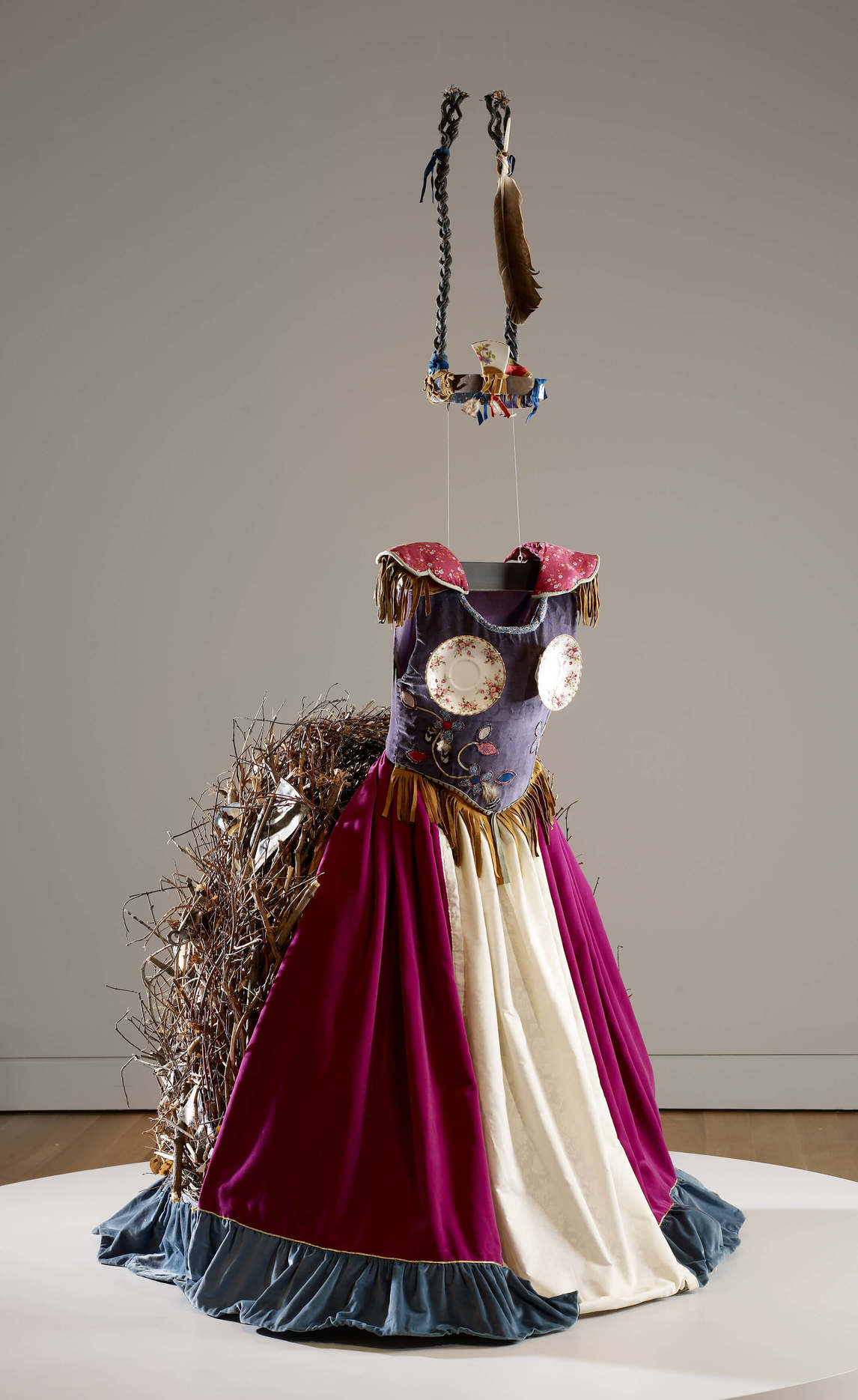
Over the past several decades Vincent’s pioneering artistic example has been an inspiration for many Native artists. The strategies he employed still offer effective ways for an artist to initiate and support a dialogue with the general public and the ruling institutions of society. Rebecca Belmore’s Rising to the Occasion, created in response to the 1987 royal visit to Thunder Bay by the Duke and Duchess of York, is a mixed-media work that incorporates Native and non-Native regalia. This piece aligns itself with the spirit of dialogue and relationship proposed by Vincent in his self-portraits, particularly those that draw a parallel between him and the Prince of Wales.
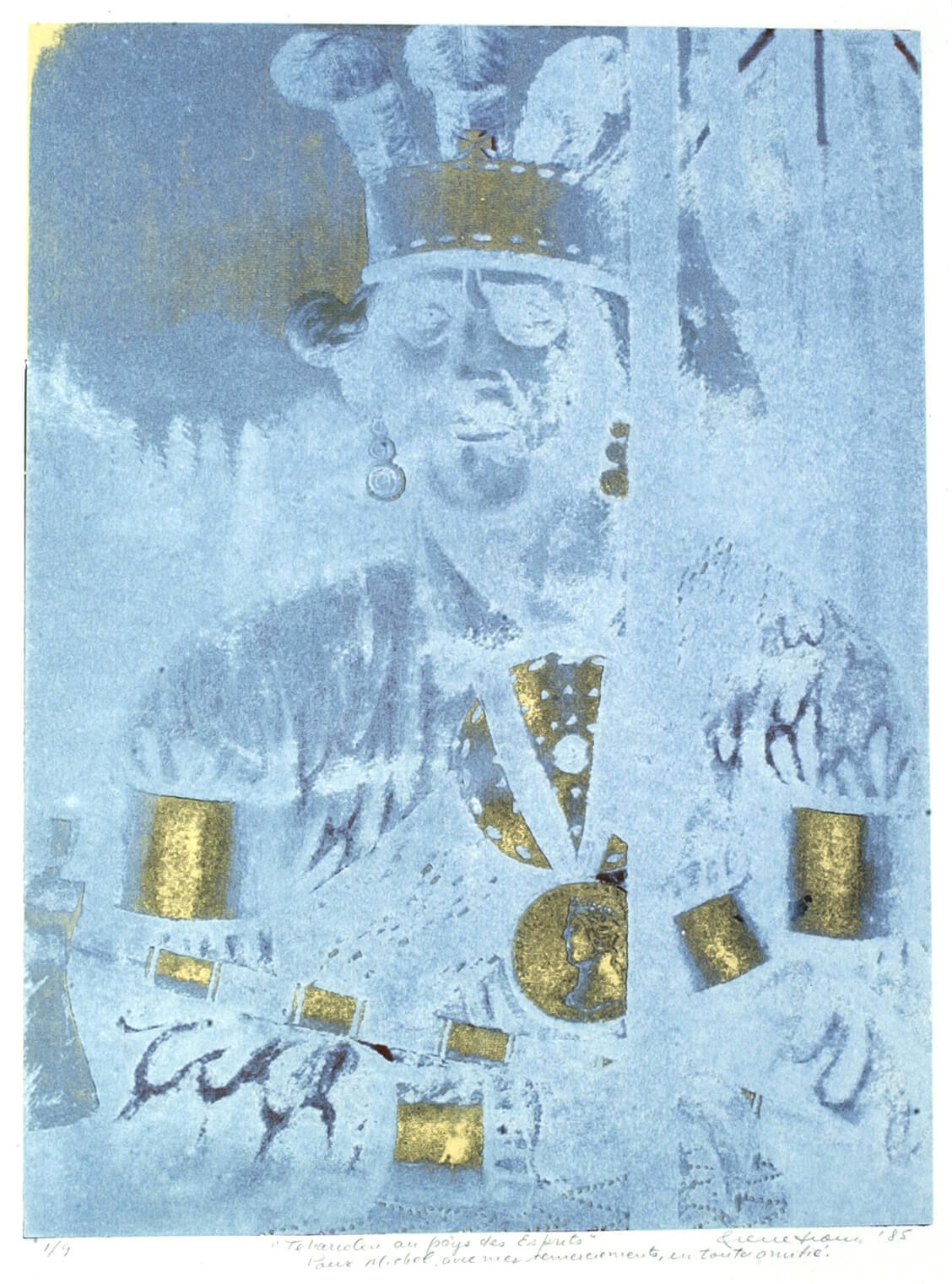
In the same way, prints by the contemporary Huron artist Pierre Sioui, such as Tehariolui in the Land of Spirits, 1985, refer directly to Vincent’s oeuvre and reveal the unspoken forces that isolate individuals and communities from their heritage. New generations of creative artists who assert their sense of belonging to a Native tradition continue to explore a language that will express their aspirations, develop strategies of affirmation, and communicate their concerns. They are mapping new territories in which their visions of the future will draw on a strong foundation of Native traditions and the work of pioneering artists such as Zacharie Vincent.

 About the Author
About the Author
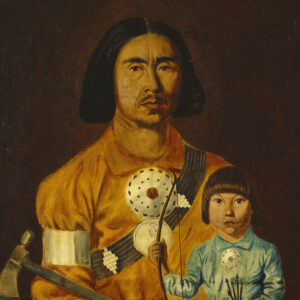 More Online Art Books
More Online Art Books
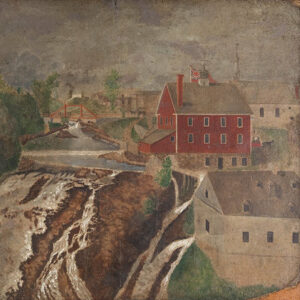 Acknowledgements
Acknowledgements